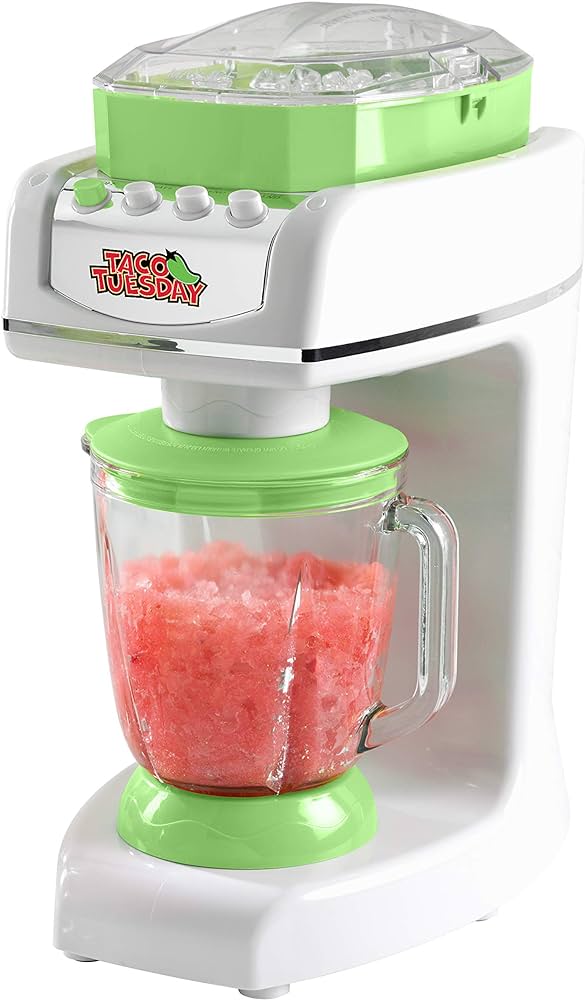
Introduction
Blending ice is a common practice when making smoothies, frozen beverages, or slushies. However, some individuals may wonder if it is safe for their blender to handle ice. In this informative guide, we will explore the topic in detail to provide a comprehensive understanding of blending ice in a blender. By addressing concerns, providing tips, and outlining the potential impact on blender performance, we aim to help you make informed decisions and achieve successful ice blending results.
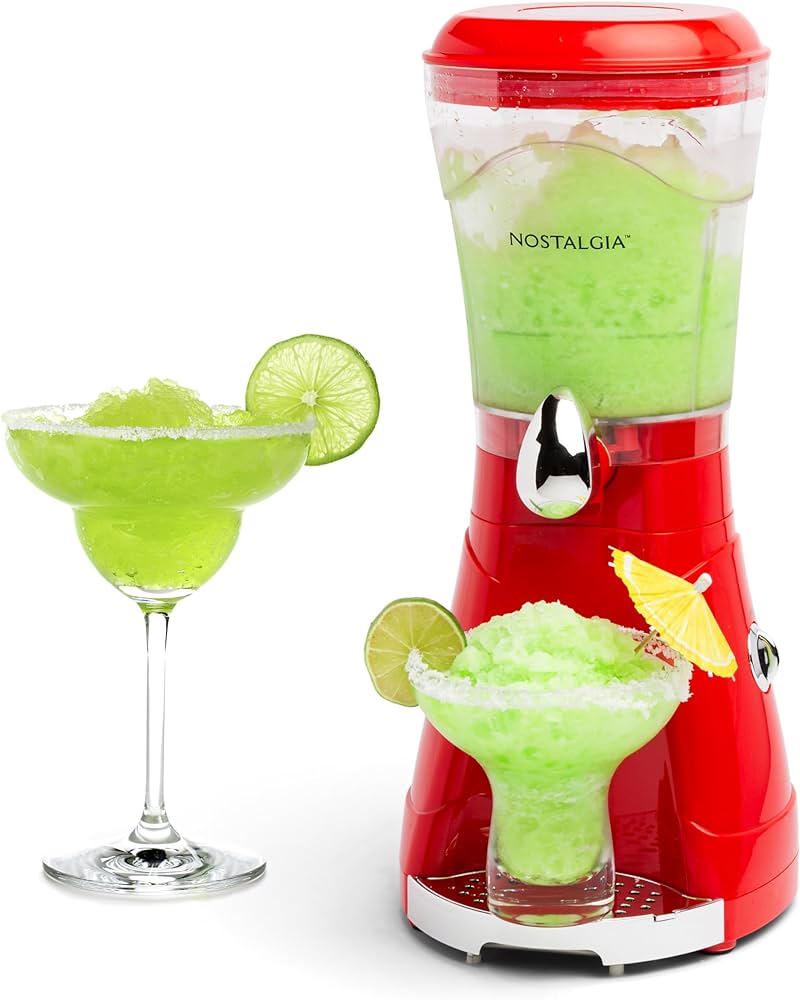
Is it OK to blend ice in a blender?
I. Understanding Blender Capabilities
-
Blender Types and Specifications:
- Blenders come in various types, such as countertop blenders, immersion blenders, and personal blenders, each with different capabilities and power levels. It is important to consult your blender’s user manual or specifications to determine if it is designed for blending ice.
-
Motor Power and Blade Strength:
- The motor power and blade strength of a blender play a crucial role in determining its ice blending capability. Blenders with higher wattage and more robust blade assemblies are generally more effective at crushing ice.
II. Assessing Blender Suitability for Ice Blending
-
Reviewing the User Manual or Manufacturer Guidelines:
- Consult the blender’s user manual or manufacturer guidelines to determine if it explicitly states that it can blend ice. These resources often provide specific instructions and recommendations to ensure safe and optimal blender performance.
-
Blender Label or Markings:
- Some blenders may have labels or markings indicating their suitability for ice blending. Look for symbols or statements, such as “Ice Crusher” or “Ice Blend” to confirm if your blender is designed for this purpose.
-
Jar or Pitcher Material:
- Consider the construction material of your blender’s jar or pitcher. Glass, high-quality plastic, or heavy-duty materials are typically more resistant to the impact and force exerted during ice blending.
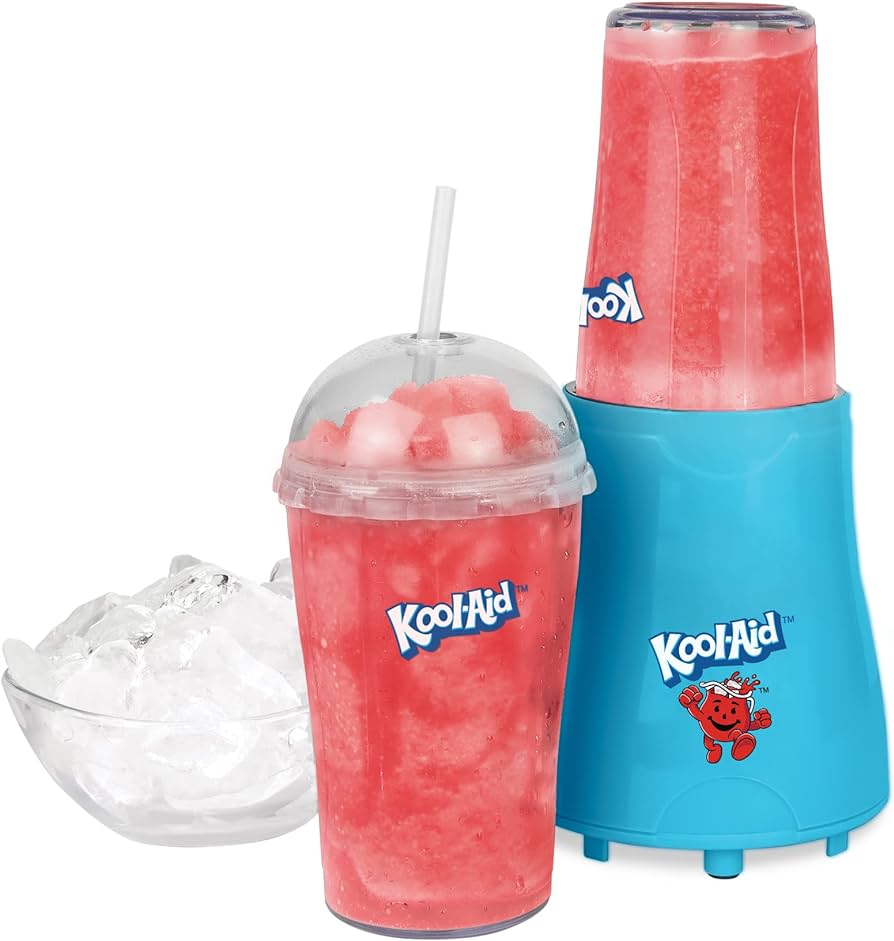
III. Tips for Successfully Blending Ice
-
Ice Cube Size:
- To facilitate the blending process, use ice cubes that are relatively small in size. Large ice cubes may strain the blender’s motor and blades. If necessary, you can crush larger ice cubes using a mallet or rolling pin before adding them to the blender.
-
Liquid Ingredients:
- Incorporating liquid ingredients, such as water or juice, when blending ice can help create smoother results. Liquids aid in the blending process by providing a medium to move the ice around the blades, reducing the strain on the blender.
-
Pulse Blending Technique:
- When blending ice, utilize a pulsing technique rather than continuously running the blender. This approach allows the ice to move around and encourages even blending, reducing the strain on the blender motor.
-
Layering Ice and Liquid:
- To prevent the ice from forming a solid block at the bottom of the blender jar, layer the ice and liquid ingredients. Start by adding a small amount of liquid, followed by a layer of ice cubes, and repeat the process until all the ingredients are added. This method helps distribute the blending process evenly.
-
Stopping and Stirring:
- During the blending process, occasionally stop the blender and use a spoon or spatula to stir the mixture. This ensures that any ice chunks are evenly incorporated and encourages smoother blending results.
IV. Potential Impact on Blender Performance
-
Motor Overload:
- Blending ice can place additional strain on a blender’s motor, particularly if the blender is not specifically designed for ice blending or if it has a lower wattage. Continuous blending or overloading the blender with excessive ice may lead to motor overheating and potential damage.
-
Blade Dullness or Breakage:
- Repeatedly blending ice can dull or damage the blender’s blades over time, especially if they are not designed for ice blending. It is essential to regularly inspect the blades for signs of wear and tear and replace them if necessary.
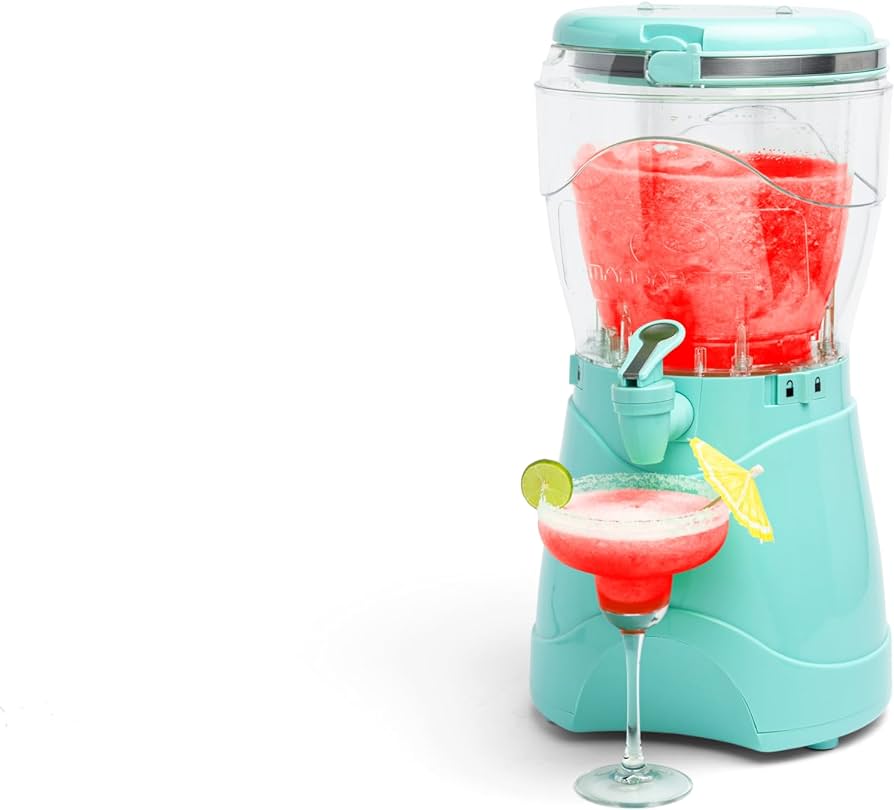
V. Maintenance and Care
-
Cleaning the Blender:
- After blending ice, clean the blender thoroughly to remove any ice residue, which can potentially affect future blending results. Disassemble removable components, such as the jar, lid, and blades, and wash them with warm soapy water or follow the manufacturer’s instructions for cleaning.
-
Regular Maintenance:
- To ensure optimal blender performance, perform regular maintenance, such as tightening loose parts, lubricating blade assemblies (if applicable), and inspecting for any signs of wear or damage. Regular maintenance helps extend the lifespan of the blender, allowing it to handle ice blending more effectively.
VI. Alternatives to Blending Ice
-
Pre-Crushing Ice:
- If your blender is not suitable for blending ice or you prefer not to exert that strain on it, consider pre-crushing the ice using alternative methods. Use a manual ice crusher, mallet, rolling pin, or even a clean cloth to crush the ice before adding it to your blender.
-
Ice Shaver or Snow Cone Machine:
- Alternatively, invest in a specialized ice shaver or snow cone machine that is specifically designed for crushing ice. These devices are dedicated to ice applications and may produce better results compared to traditional blenders.

VIII. Exploring Ice Blending Recipes and Ideas
-
Classic Smoothies:
- Blending ice with fruits, yogurt, and liquids can create delicious and refreshing smoothies. Experiment with different fruit combinations and add-ons, such as protein powder, nut butter, or greens, to customize your smoothie according to your preferences.
-
Frozen Cocktails:
- Blending ice with alcoholic beverages, mixers, and flavors can result in delightful frozen cocktails. Try popular options like margaritas, piña coladas, or daiquiris, or get creative and develop your own unique cocktail creations.
-
Fruit Slushies:
- Blend ice with your favorite fruit juices, fresh fruit, and sweeteners to create vibrant and fruity slushies. Mangos, strawberries, watermelons, and citrus fruits are excellent choices for flavorful slushie combinations.
-
Coffee and Tea Blends:
- For the coffee or tea enthusiasts, blending ice with brewed coffee or tea, milk or cream, sweeteners, and additional flavorings is a fantastic way to enjoy chilled caffeinated beverages. Try variations like mocha frappuccinos or matcha green tea smoothies.
-
Frozen Desserts:
- Blending ice with frozen fruits, sweeteners, and cream or yogurt can help you create luscious frozen desserts, such as sorbets or frozen yogurt. Experiment with different fruit flavors and add textural elements like nuts or chocolate chips for extra indulgence.
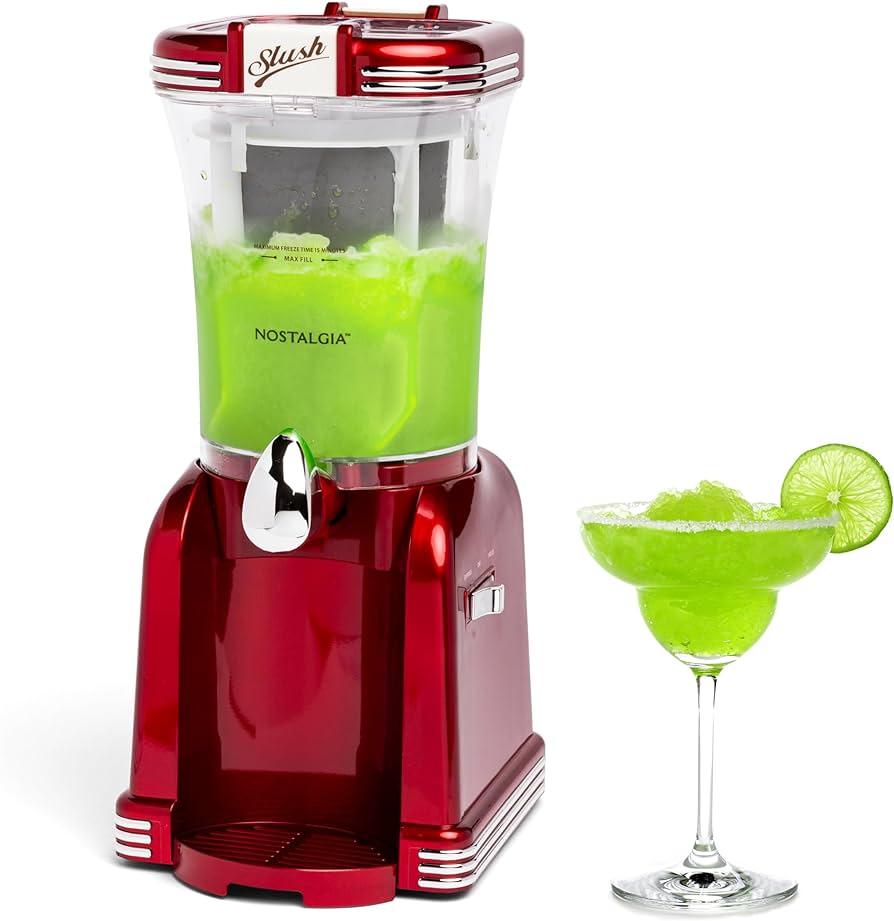
VII. Conclusion: Blending Ice with Caution and Consideration
Blending ice in a traditional blender is generally feasible, but it is important to exercise caution, understand your blender’s capabilities, and follow proper techniques to achieve successful results. Consult your blender’s user manual, assess its suitability for ice blending, and utilize the tips provided.
Remember, if you do not have a blender suitable for ice blending, there are alternative methods and specialized devices available to help you crush ice effectively. Prioritize maintenance and care to ensure your blender’s longevity and optimal performance over time.
With a well-suited blender, proper techniques, and a little creativity, you can enjoy delicious blended drinks, smoothies, and icy treats that will keep you refreshed and satisfied.